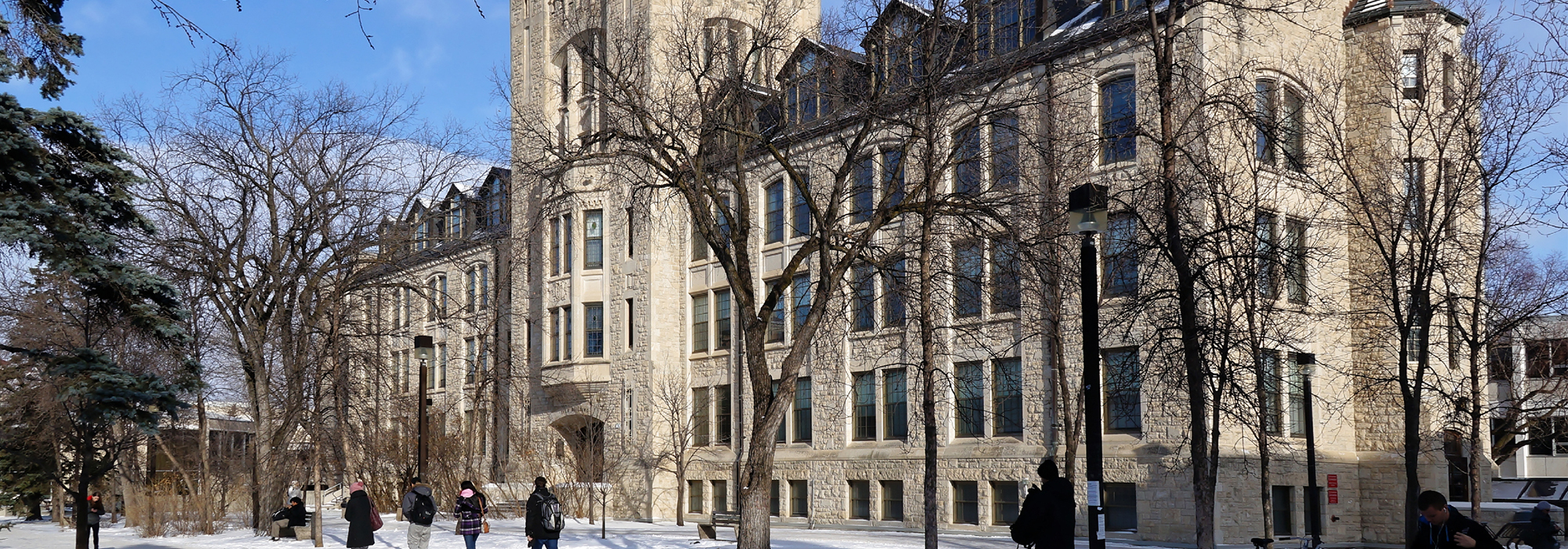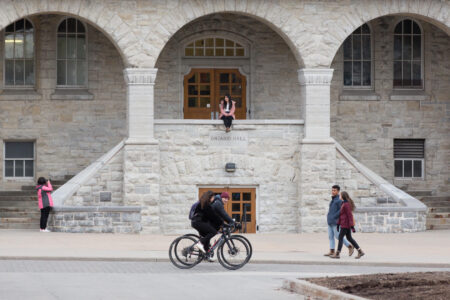
In the October speech from the throne, the Liberal government resurrected the idea of a national child-care program. Since such programs are always to some extent cost-shared with provinces, the initial challenge is developing a formula that works both for provinces that want to invest in early childhood education (ECE) and those that do not. However, a second challenge has not been discussed as much: what is the right way for provinces to spend such money? One way would be to learn lessons from the way governments fund post-secondary education.
Canadians widely accept that the correct way to fund compulsory education is directly through taxation. In ECE, one option is for provinces to use federal money to extend universal and free education to ever-younger cohorts, linking it to the compulsory primary system. Ontario did this nearly a decade ago, extending full-day junior kindergarten to four-years old. But what about the youngest cohorts where attendance is non-compulsory?
Many provinces charge user fees on something like a cost-recovery basis. In some places, the resulting prices can be quite high; a recent study put the annual cost in Toronto at over $20,000. To make net cost somewhat proportional to income, these provinces run child care subsidy schemes that rise in value as family income decreases. Unfortunately, there are not enough subsidies for all who would qualify based on their income, and they instead operate on a first-come, first-serve basis.
In other provinces, the currently fashionable idea is for a flat, per-day fee along the lines of the system Quebec created nearly 25 years ago (originally $5 per day, now $8.35 per day). Both British Columbia and Newfoundland made pledges in this direction in 2020, albeit with higher daily rates than have been the case in Quebec. PEI and Manitoba also operate predominantly on a flat-rate model.
There is no question that a “subsidies for all” approach has some value in terms of simplicity. But it also has two downsides. The first is that flat fees in practice ask wealthier families to make a smaller relative sacrifice for ECE than poorer ones. In fact, the interaction between flat fees and the federal child care tax deduction makes the net cost of child care lower in absolute terms for wealthier families than poorer ones. Furthermore, even in Quebec, top-income quartile families are much more likely than bottom-quartile families to access ECE facilities, and it is easy to see how a program like this can be regressive.
The second is that while affordability is important, it is not the only aim of ECE policy. In many places around the country – mainly but not exclusively the large urban centres – availability of spaces is at least as big an issue. The reality of insufficient capacity is obvious from the long waiting lists that confront many families considering ECE for their children. Whether they are equitable or not, private fees provide resources to create child care spaces. Thus, whatever a government invests to reduce child care fees, it will need to invest still more to increase spaces. In other words, pursuing universal low fees makes it more difficult to provide enough spaces for all who need them.
Fortunately, there is a set of made-in-Canada policies that can deal with these problems – a set of policies that most provinces have already adopted in the field of post-secondary education (another non-compulsory form of education). These policies steer a middle way between a regressive universal subsidy and a badly funded targeted subsidy and are worth considering.
Post-secondary education in Canada is not just one of the world’s best-resourced, it is also broadly accessible, having among the highest participation rates anywhere in the OECD. This is in part because we do not fetishize keeping fees low and instead collect significant fees in part to keep the system stable and well-funded.
Between 1998 and 2013, student fees were relatively high and allowed to rise somewhat over time (on average, one to two percent above inflation every year), and yet Canada’s university system nearly doubled in size, gaining 500,000 students. Without the resources provided by student fees, it is hard to imagine that the system could have accommodated the extra students.
Yet, because high fees can make a service unaffordable for potential users, the federal government and provinces provide an extensive system of financial assistance to post-secondary students from lower-income families. System rules expect parents to help finance their children’s education until they are four years out of secondary school, based on the family’s income. A mix of loan and grants fill the gap between expected parental contributions and actual costs.
Of course, some of this support takes the form of loans, but for Canadian families in the bottom income quartile, grants are now worth at least 35 per cent of tuition and often much more. In total, roughly 45 per cent of all student aid in Canada came in the form of grants in 2017-18. (Full details can be found in the Higher Education Strategy Associates’ report The State of Postsecondary Education in Canada, 2020.)
There’s an obvious parallel here to the subsidy system for child care that many provinces run, with three major differences. The first is critical: post-secondary student financial aid exists as a right to all eligible students, contrasting sharply with the waitlists for ECE subsidies.
The second is that student financial aid is more generous than ECE subsidies – at least in terms of expectations for parental contributions. A paper that we wrote in 2016 (with our colleague Jacqueline Lambert) entitled, “What We Ask of Parents: Unequal Expectations for Parental Contributions to Early-Childhood and Post-Secondary Education in Canada,” compared expected parental contributions for post-secondary students with expected parental payments in provincial ECE subsidy programs.
What we found was that parents of small children were expected to pay at least twice as much as parents of undergraduate students who earned equivalent incomes, and that that child care subsidy programs were much less sharply progressive than post-secondary student financial assistance. Families with incomes under $30,000 would not be asked to contribute a cent for their children’s undergraduate studies, but would have to spend over $5,000 per year on child care in Newfoundland and Labrador, Nova Scotia, Alberta and British Columbia.
Of course, the third difference is that as a consequence of asking parents to contribute less means there is a need to provide at least part of the assistance for post-secondary students in the form of loans (though these end up in the hands of the children, not the parents).
Now imagine adopting this approach in ECE. Instead of putting all new public money into lowering sticker prices, a substantial portion could go towards increased capacity. Instead of maintaining currently inadequate income-based subsidy systems, these could be made more generous and accessible to all who need them, thus ensuring that low-income families can access ECE at much less cost than higher-income families.
The challenges of adapting to new systems would be minimal because every province already has infrastructure necessary to manage these kinds of subsidies – they just need to transfer it from their post-secondary student aid office to their child care unit. In the end, Canada could have an ECE system that is both much larger and much fairer, able to advance the vitality of the country as a whole and the well-being of our most vulnerable most especially. We just need to be able to learn across policy regimes.
Photo: The Tier Building on the University of Manitoba campus in Winnipeg, Manitoba. Shutterstock.com, by Vadim Rodnev.









